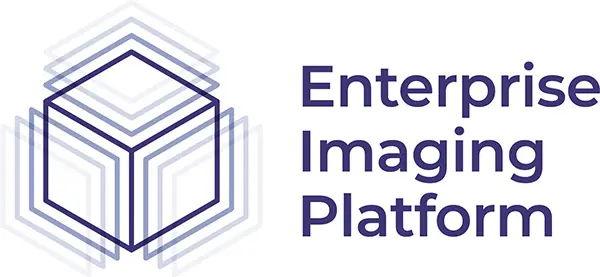Enterprise Imaging in Moscow, supporting connected care.
Connecting all medical imaging devices into a single service, with Enterprise Imaging, supports “anywhere/anytime” access to the patients’ imaging data across the megalopolis and beyond, enabling ‘true’ teleradiology and enhanced patient care.
300 modalities, 1500 radiologists, 1500+ technicians, 10,000 referring physicians, 500,000 patients… The scale of the the Moscow’s Unified Radiological Information System (URIS) is immense.
We recently had the honour to talk with Prof. Sergey Morozov, Chief regional radiology officer of Moscow Health Care Department, CEO at Diagnostics and Telemedicine Center Moscow. Professor Morozov talks about his vision for this unified digital infrastructure, to become a ‘one stop shop’ to access patient imaging data across the megalopolis and beyond.
At URIS, Moscow, Enterprise Imaging is a core component, offering the scalability and functionality for the present and the future of this ambitious project. Read the full article to find the details:
- A unified service offering access to all of the patient’s images
- Worklist management supports ‘expert’ radiology
- Centralized remote reporting enhances productivity
- Empowered patients and continuous quality improvements
Enterprise Imaging supports a rapid Covid-19 response in Moscow
When COVID-19 unexpectedly hit in early 2020, the URIS digital infrastructure was ready to meet the needs and demands of the healthcare crisis.
Agfa HealthCare and its local partners worked closely with the Department of Information Technologies of Moscow (DIT) to connect the primary care and out-hospital facility cluster and the hospital cluster, to enable even faster sharing of studies from one to the other. Federal and private centers were also connected.
“This allowed us to perform COVID-19 triage at the outpatient clinics, and quickly transfer patients to the hospital when needed. As hospital resources became overstressed, we were able to add the federal and private hospitals to the network,” Prof. Morozov explains.
“Using the digital infrastructure, we quickly standardized CT reporting for COVID-19 diagnosis, remotely taught our radiologists how to read them, developed a standardized CT scale grading for COVID-19 severity and pulmonary impact, and then spread that knowledge around the world.”
Artificial intelligence
The size of the URIS platform brings significant additional benefits: The standardization of the datasets in the archives is also supporting the development of Artificial Intelligence tools to further support the radiology services.
“We have over 1,500,000 studies that are being analyzed by AI algorithms from different vendors: not only from Russia, but from around the world. The anonymized data goes directly from URIS to the AI tool and back again.
The studies are then received by our radiologists pre-analyzed by the AI. This can help reduce the risk of human error, decrease the burden on the radiologist for routine tasks, and let the radiologist focus on the pathology and studies that require his expertise for prompt analysis and reporting,” Prof. Morozov describes.
To access the full interview with Prof. Morozov on the Moscow URIS project and Enterprise Imaging, click here.


